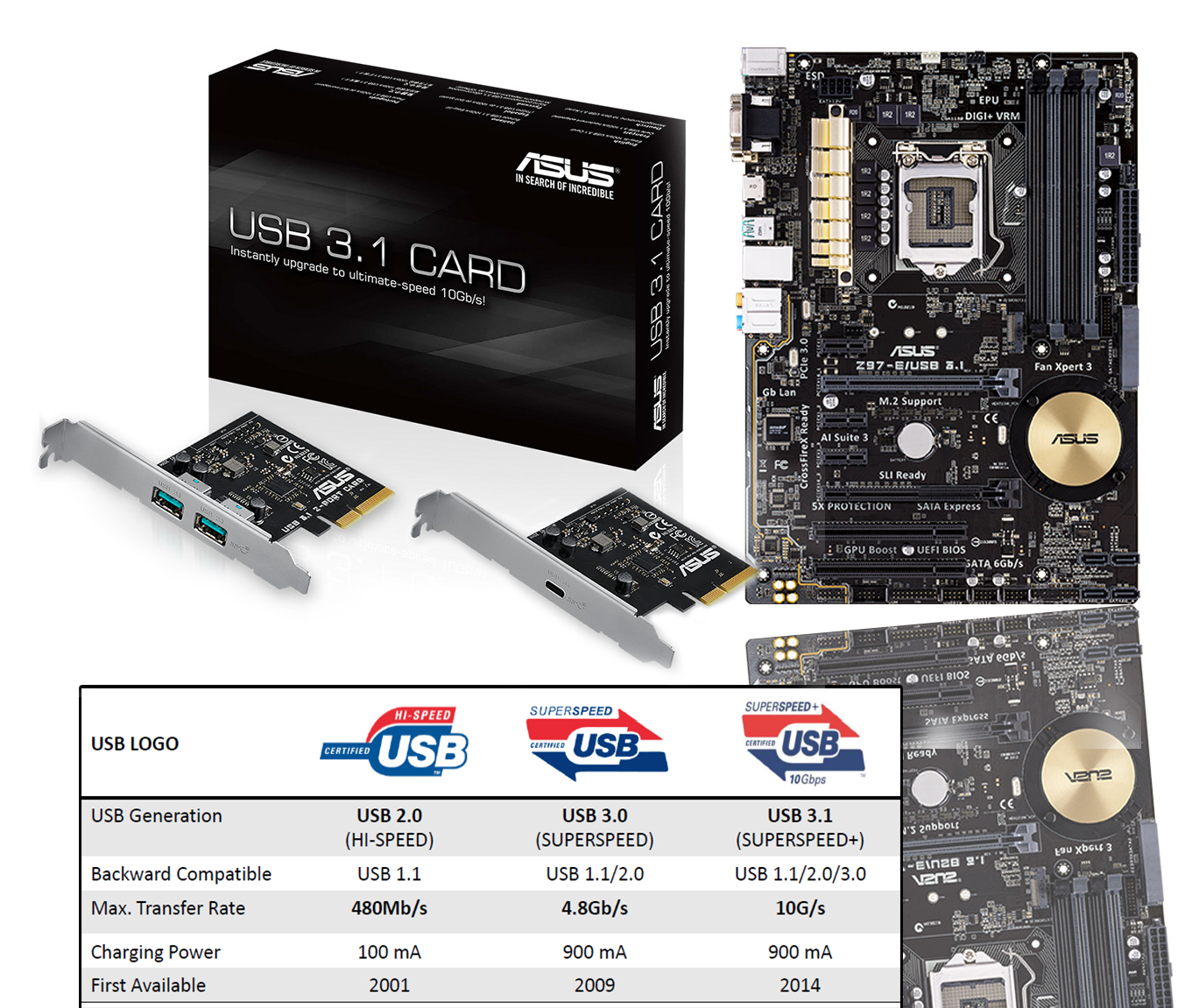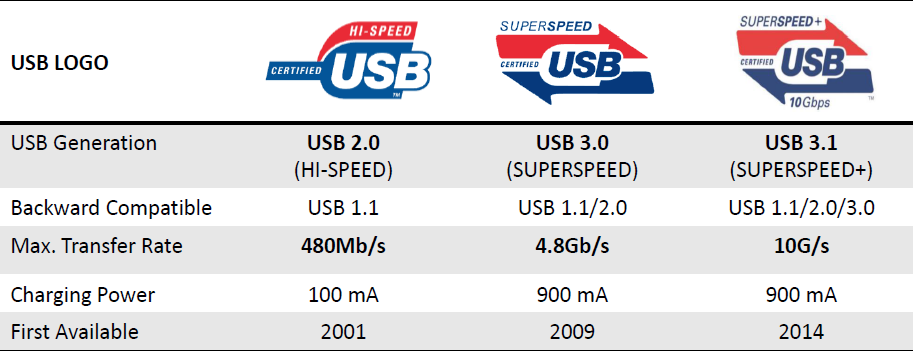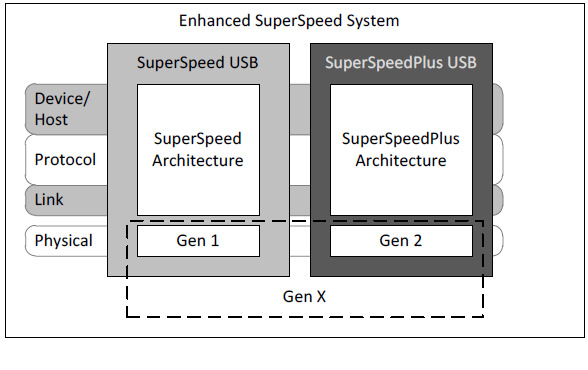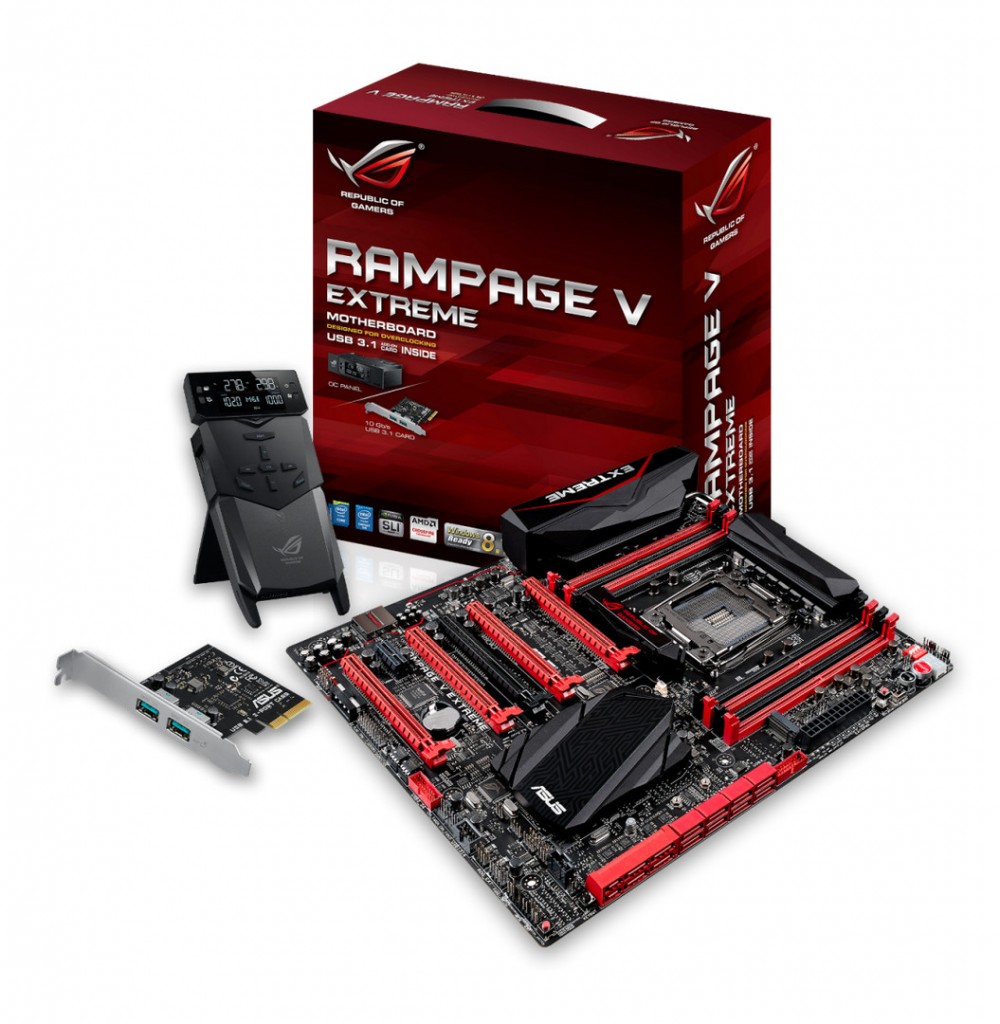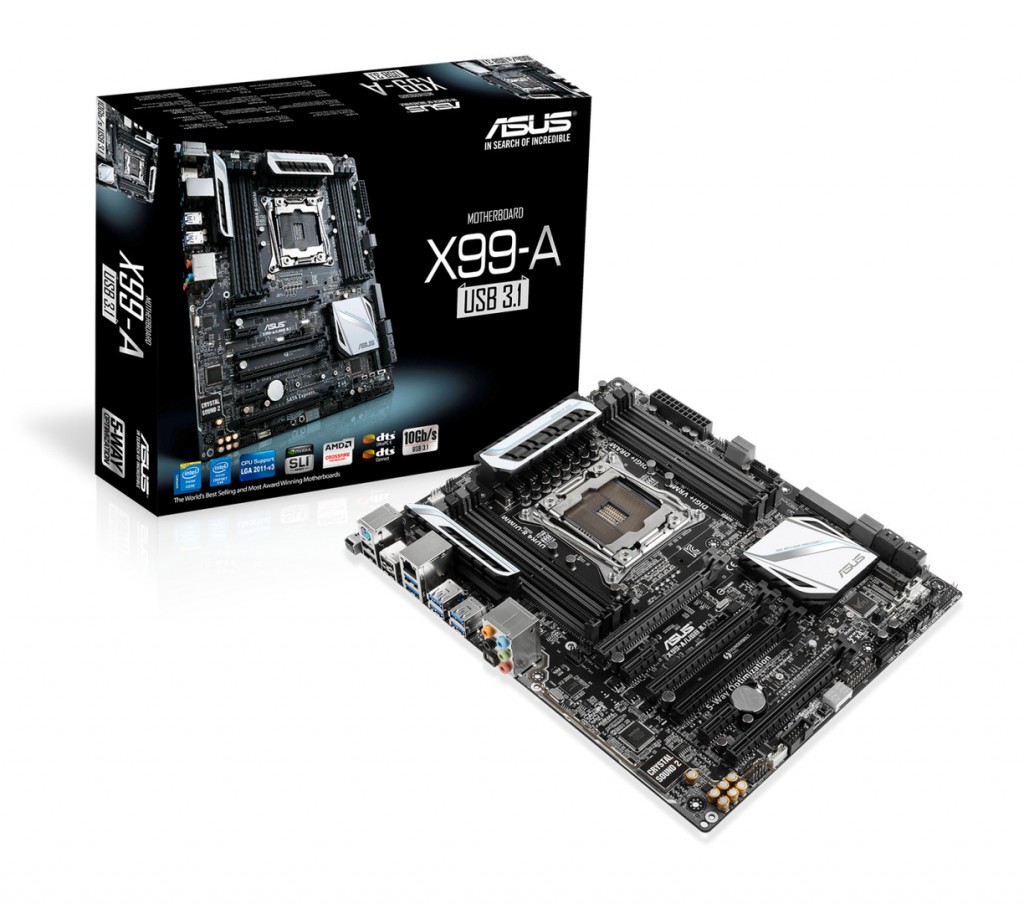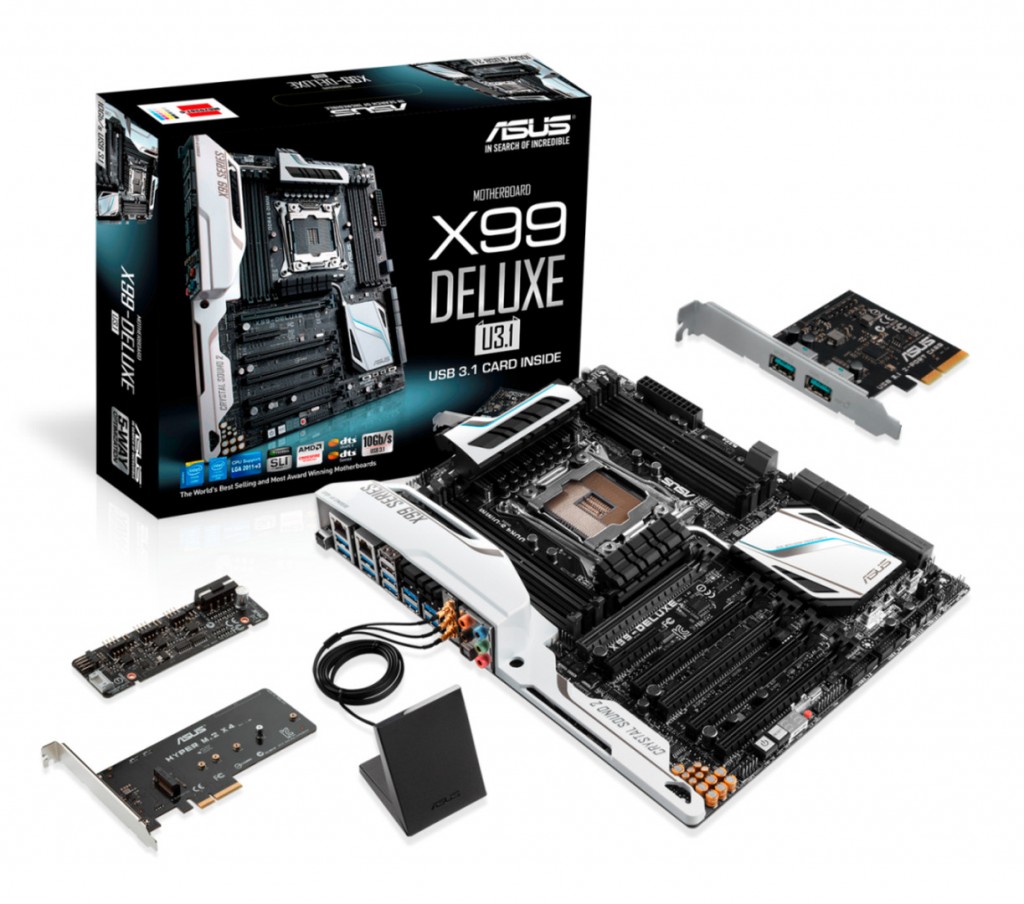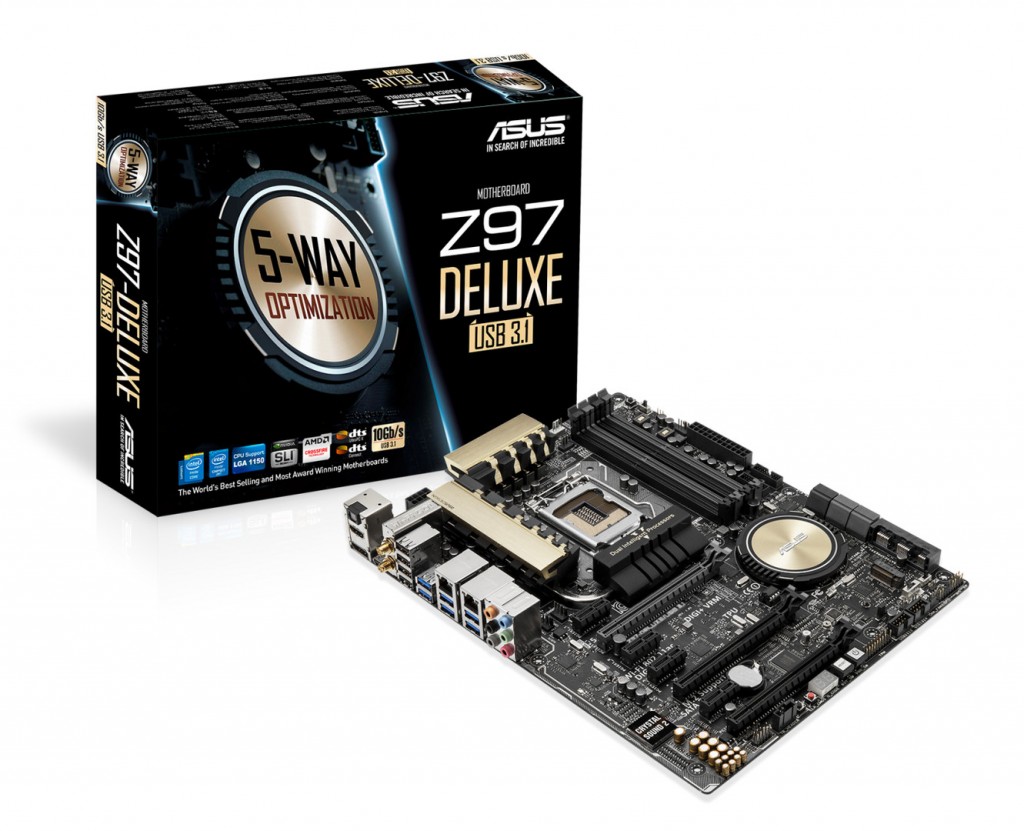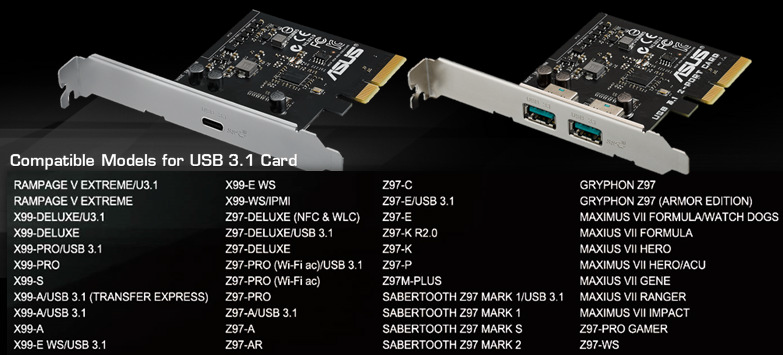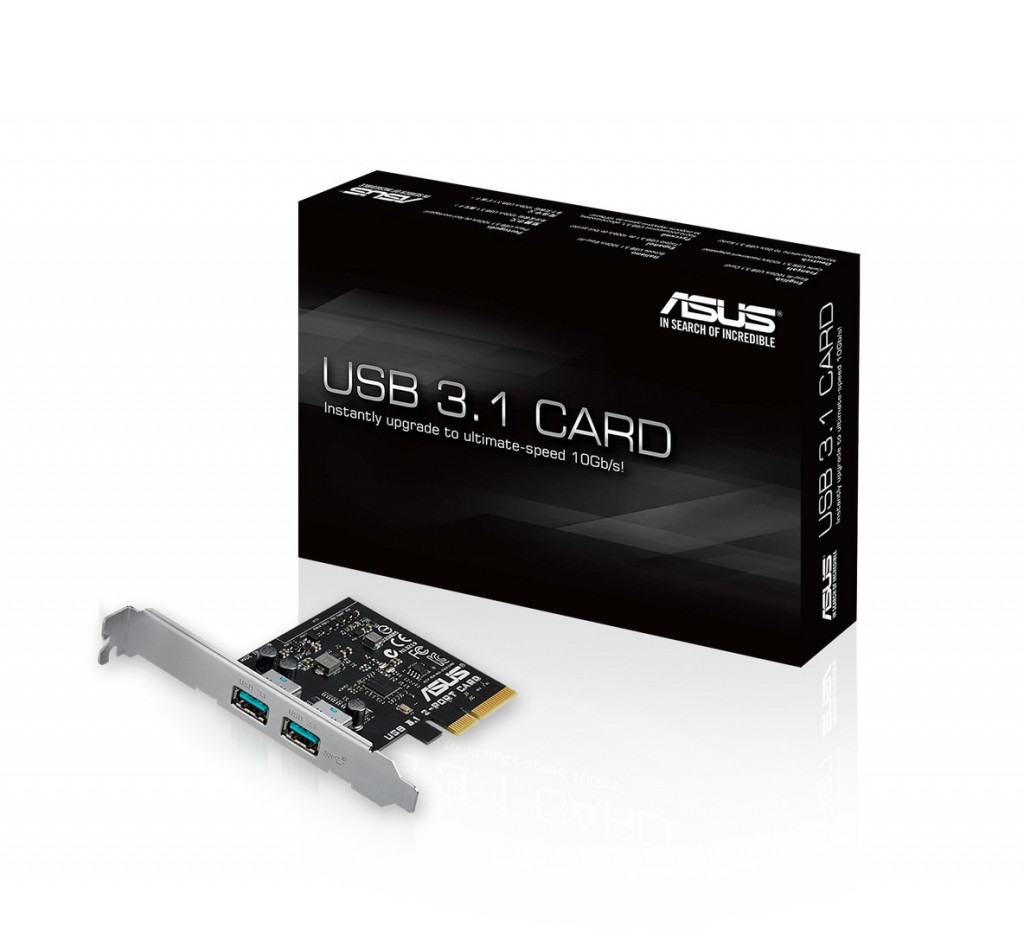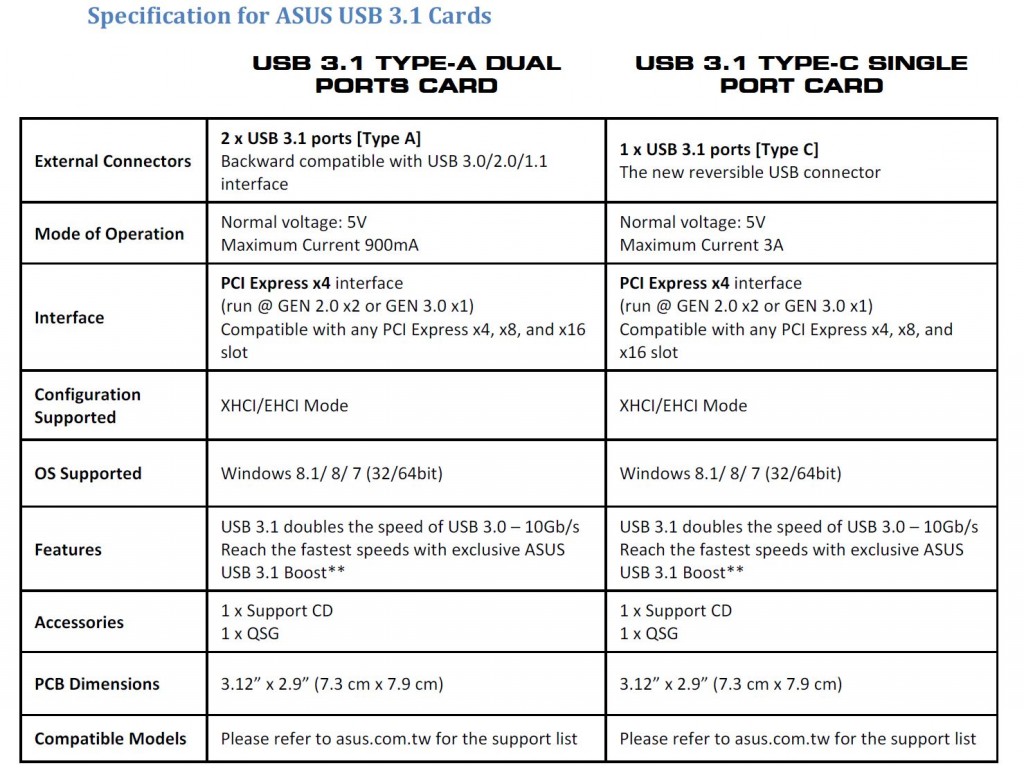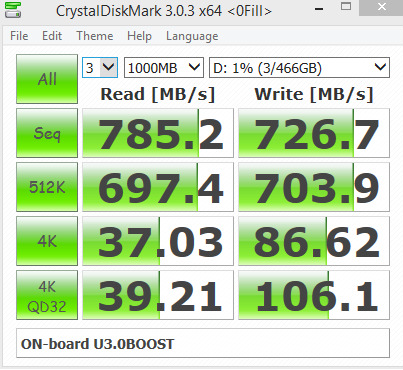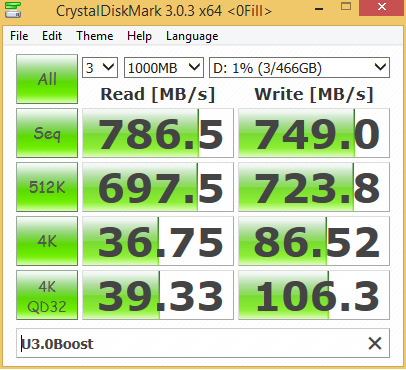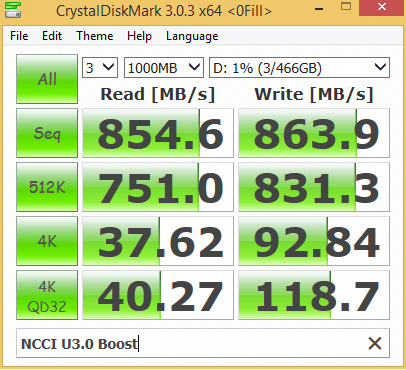Here at PCDIY we are continually inundated with new types of technology. With a constant stream of features, functionality and performance improvements one would be justified to think that (.1) update would not be important. On most occasions I might agree with that statement but this time around and specific to USB that is not the case. As always we also live by the adage here at PCDIY that specification does not always define experience or tell you the whole story. With the transition from USB 3.0 to USB 3.1 we see a wide range of improvements not just in pure throughput but equally as important in the flexibility and feature set afforded by the standard. So lets take a closer look at USB 3.1 and what it brings to the table.
A quick history on USB
USB has been around for more than 15 years, few technologies have stood up to the test of time and remained as relevant or become even more relevant than when introduced. The only other technologies and interconnect that have seen similar growth and adoption in such short periods would be HDMI and Wi-Fi. Overall it is that it impressive to see how USB has become the PC connection of choice. More importantly like HDMI and Wi-Fi USB has maintained outstanding interoprability and compatibility while continually evolving to offer superior features, functionality and performance. This brings us to 2015 and the current state of USB.
Here we can see how the specification has evolved improving from a HI-SPEED USB 2.0 that generally offered between 20 to 30 MB up to possibly 40 MB under best case scenarios. Equally limited was USB 2.0 limited output power for charging or powering bus powered devices. Moving to USB 3.0 we had a massive increase in throughput. With mainstream storage devices easily reaching speeds in the range of 50 to 100 MB . Newer generation external SSDs and flash driver reaching and exceeding 200 MB. Looking to the highest levels of performance for USB 3.0 that leverage multi channel flash, high performance SSD controllers as well as support for UASP it is possible to reach speeds of 450 MBs! Along with the increases in speed came an equally important improvements in power offering 9x the power of USB 2.0 and even greater when solely using dedicated charging which outputs up to 1.5A. This brings us to USB 3.1 which is just as much as revolutionary as evolutionary. Like USB 3.0 the new 3.1 specification brings improvements in efficiency through improved encoding schemes significantly reducing bandwidth overheard and maximizing throughput. Additionally it brings a a doubling of the max throughput possible while improving charging further by increasing output power when utitlizing the USB 3.1 Type-C connector. In every way that matters USB 3.1 is a superior standard while maintaining one of the absolute requisites of mature and proven technologies … backwards compatibility.
For those looking to get a quick video breakdown about all you need to know about USB 3.1 you can check out the video below.
Looking at efficiency and how it affects throughput
One of the most overlook aspects of USB is the encoding scheme it plays a large role in the real world numbers that are achievable. It also directly affects bandwidth efficiency and overheard. Lets get a little technical and break this down. The physical layer defines the PHY portion of a port and the physical connection between a downstream facing port and the upstream facing port on a device. The Gen X physical connection is comprised of Gen1 Physical Layer and Gen2 Physical Layer. Gen 1 transmitter encodes data and scrambled 8-bit data into 10-bit symbols for transmission over the physical connection and nominal signalling data rate at 5 Gbps. Gen 2 transmitter frames data and control bytes by prepending a 4bit block identifier to 128bits to create a 128b/132b block. Changing the encoding overhead scheme from 8b/10b to 128b/132b not only improved the link performance from 20% bandwidth loss (SuperSpeed USB3.0) to just 3% bandwidth loss (Super Speed USB3.1), but also allows for the correction of single bit errors in the header information.
The most important take aways are a change to encoding scheme which as previous noted considerably reduces bandwidth loss. This along with enabling of the faster and more robust UASP protocol compared to the legacy BOT protocol really help to have USB 3.1 kick up its performance abilities.
So what motherboards will offer USB 3.1? What if I already have a USB 3.0 motherboard?
ASUS has had a long track record of leading the industry to incorporate next generation technologies while equally ensuring quality implementations that focus equal parts on performance, compatibility and overall functionality.
For the launch of USB 3.1 ASUS will be releasing a wide range of solutions including motherboards for the X99 chipset as well as the Z97 chipset. Additionally for users who have already purchased current USB 3.0 enabled X99 or z97 motherboards a high performance USB 3.1 add in card will be released. Both USB type A and USB type C will be offered via different add in cards.
Here is a breakdown of which motherboards will be compatible with the USB 3.1 add in cards. Optimally a UEFI released will be required to ensure the best interoprability, compatibility and performance. Additionally an updated version of USB BOOST will be needed to fully unlock USB 3.1 performance. This will be offered in update for USB 3.0 BOOST which is part of the ASUS AiSuite software suite.
Here you can see the add in cards themselves. Both a Type-C and Type-A solution will be offered. Keep in mind Type-C is backwards compatible with Type-A but will require a Type-C to Type-A cable. The main benefit is its easy of connectivity as it is a universally oriented connection ( there is no right way to connect as it can be oriented either right side up or upside down as long as it horizontally oriented ) The Type-C card will also carry the benefit of offering additional power output enabling more devices to be bus powered.
So what do the numbers look like?
As always here at PCDIY we love getting our hands on the latest and greatest and we have done just that to bring some insight into the performance you can expect when looking at USB 3.1. In a word impressive should come to mind. Keeping in mind we are using eng hardware with no final drivers and firmware we are already seeing very impressive numbers that will only improve when time. As always ASUS additionally brings more to the table in maximizing USB 3.1 performance by continuing to offer an exclusive USB 3.1 BOOST option. This helps to maximize the transmission protocol with the optimal MCCI driver helping to push to throughput numbers exceeding 850 MBs!
A note about performance
When looking at what solutions will perform the best based on internal testing USB 3.1 add in cards will offer superior performance compared to native solutions. Furthermore add in cards that are routed to the CPU PCIe lanes will offer the best performance. add in cards that are connected to PCIe lanes from the PCH will offer reduced performance. Additionally the X99 platform will offer the fastest performance when comparing X99 to Z97.
Lets take a look at the numbers
Overall you can see we have some truly impressive results! Stay tuned for more information along with additional performance tests.
FAQ
1. When will boards be available?
Begin Feb 26th motherboards will be available at retailers and etailers including Newegg and Amazon.
Rampage V Extreme/U3.1: http://bit.ly/1FZ3iKr
Z97-PRO (Wi-Fi ac)/USB 3.1: http://bit.ly/182fzPo
Z97-A/USB 3.1: http://bit.ly/1BBeZWA

